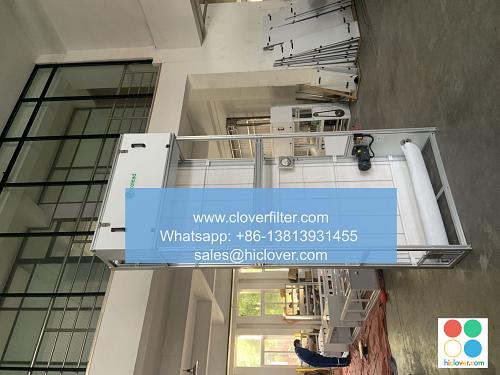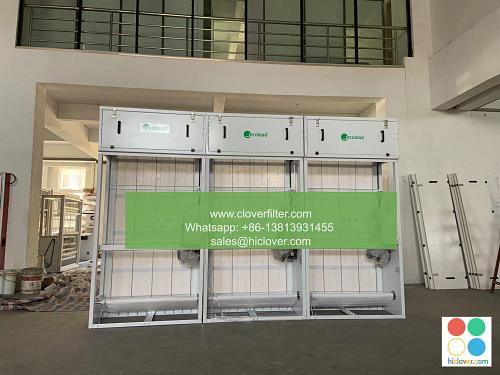Indoor Air Quality and Your Pets: What You Need to Know

As a pet owner, you want to create a safe and healthy environment for your furry friends. One crucial aspect to consider is indoor air quality (IAQ), which can significantly impact your pet’s health and wellbeing. In this article, we’ll delve into the world of pet-friendly air quality, exploring the key factors that affect indoor air pollution and providing valuable tips on how to improve the air quality in your home for a healthier and happier pet.
The Impact of Indoor Air Pollution on Pets
Pets spend a significant amount of time indoors, where they’re exposed to various air pollutants that can aggravate existing health conditions or trigger new ones. Some common indoor air pollutants that can affect pets include:
- Volatile organic compounds (VOCs) from cleaning products, pesticides, and building materials
- Particulate matter (PM) from dust, pollen, and pet dander
- Nitrogen dioxide (NO2) from gas stoves, furnaces, and vehicle exhaust
- Carbon monoxide (CO) from faulty heating systems or gas appliances
- Pet dander and hair: Regular grooming and vacuuming can help reduce pet dander and hair in the air
- Carpets and upholstery: These can harbor dust mites, pet dander, and allergens, which can become airborne and affect your pet’s health
- Cleaning products: Choose pet-friendly cleaning products that are free from harsh chemicals and VOCs
- Building materials: Some building materials, such as plywood and particleboard, can release formaldehyde and other VOCs into the air
- Use an air purifier: An air purifier can help remove particulate matter, VOCs, and other air pollutants from the air
- Regularly clean and vacuum: Use a HEPA-filter vacuum to trap pet dander, dust, and other allergens
- Provide good ventilation: Open windows and doors to let in fresh air and reduce indoor air pollution
- Choose pet-friendly products: Opt for pet-friendly cleaning products, toys, and bedding that are free from harsh chemicals and VOCs
These air pollutants can cause a range of health issues in pets, including respiratory problems, skin allergies, and eye irritation. In severe cases, indoor air pollution can even lead to chronic diseases like asthma and cancer.
Common Sources of Indoor Air Pollutants
To improve indoor air quality for your pets, it’s essential to identify and address the common sources of air pollutants in your home. Some of these sources include:
Improving Indoor Air Quality for Your Pets
Fortunately, there are many ways to improve indoor air quality for your pets. Here are some effective strategies:
Conclusion
As a pet owner, it’s essential to prioritize indoor air quality to create a healthy and safe environment for your furry friends. By understanding the sources of indoor air pollutants and taking steps to improve air quality, you can help reduce the risk of respiratory problems, skin allergies, and other health issues in your pets. Remember to use pet-friendly products, provide good ventilation, and consider using an air purifier to keep the air in your home clean and fresh for your pets to thrive. You haven’t provided a question or topic for discussion. Please provide more context or clarify what you would like to talk about, and I’ll do my best to assist you.


